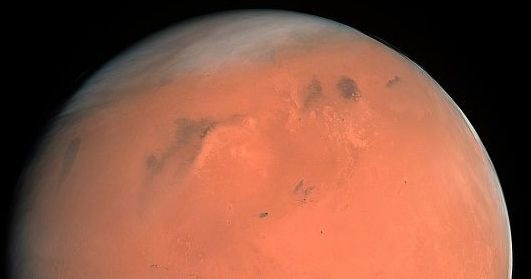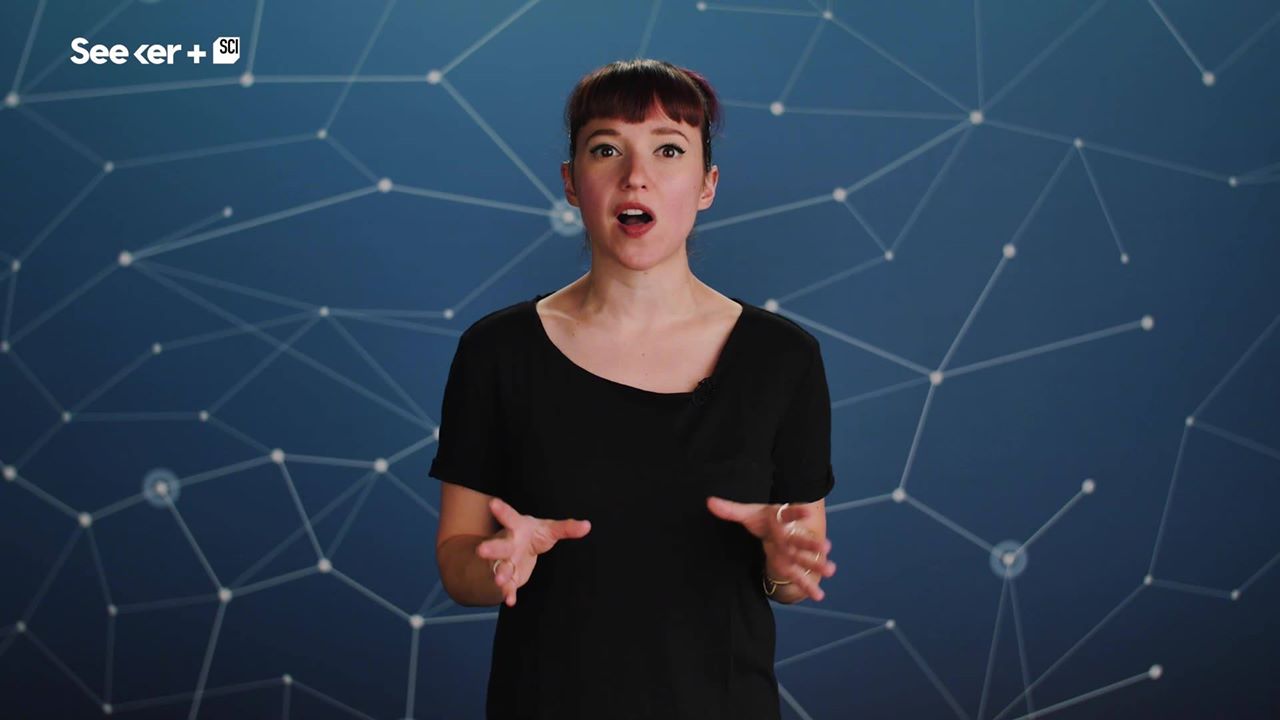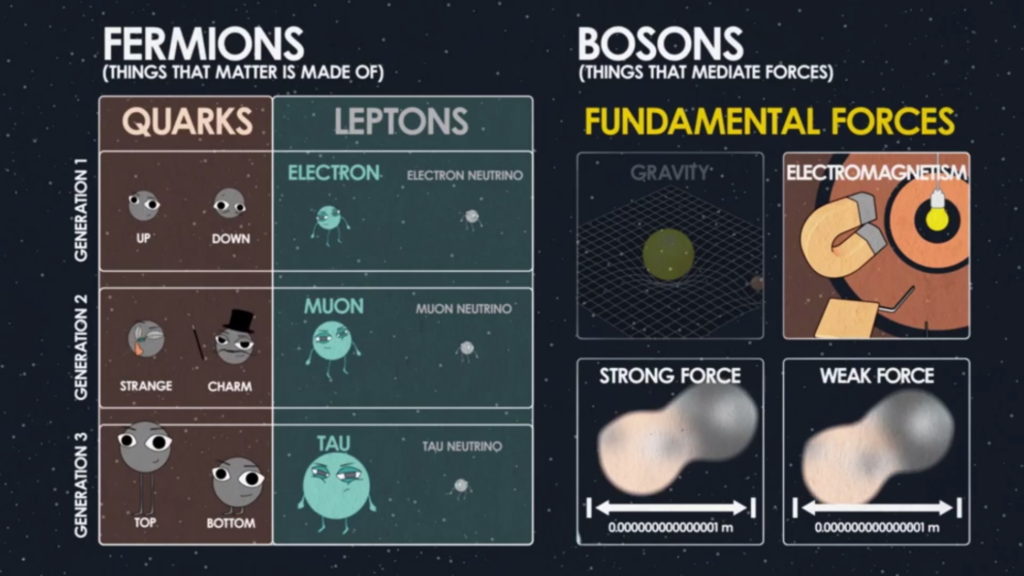Page 9911
Oct 6, 2017
Using AI Smarts, Photoshop Elements Can Now Automatically Open Closed Eyes in a Photo
Posted by Shailesh Prasad in categories: mobile phones, robotics/AI
Have you ever had the perfect photo ruined by someone with their eyes closed in the shot? You could fix the problem with a bit of cloning from an alternate shot using a photo editing app—but Adobe is making the process much easier in the new 2018 version of Photoshop Elements with a dedicated ‘Open Closed Eyes’ feature.
You can spend an entire career using Photoshop and still not master the software’s every last feature, but that complexity can be intimidating to the millions of amateur photographers born from the advent of affordable digital-SLRs, and even smartphones. That’s where Photoshop Elements comes in. It’s a lighter version of Photoshop with training wheels that simplifies many popular photo editing techniques. A better way to describe it might be as a version of Photoshop your parents could stumble their way through with minimal phone calls to you.
Oct 6, 2017
Scientists Just Found Water on Mars Where They Thought None Could Exist
Posted by Shailesh Prasad in categories: futurism, space
Astronomers re-examined data from NASA’s Odyssey spacecraft and found evidence of water from a region in the Martian equator. While the discovery is surprising, it’s definitely a welcome one. Water on Mars can help future exploration missions.
It’s long been known that Mars had large bodies of water some millions of years ago. Traces of these ancient Martian lakes and oceans have been found in recent years, thanks to information provided by probes and landers, like NASA’s Curiosity rover and the Odyssey spacecraft that currently orbits the red planet. Now, a team of astronomers from the Applied Physics Laboratory (APL) of Johns Hopkins University found large deposits of what could be permafrost ice in the most unlikeliest of places on the Martian surface.
Oct 6, 2017
Scientists Have Drilled Into Earth’s Hidden 8th Continent
Posted by Shailesh Prasad in categories: climatology, sustainability
This Northern Hemisphere summer, researchers spent two months collecting samples from a submerged landmass known as Zealandia.
As a result, we could gain new insight into everything from ancient life forms to climate change.
Tens of millions of years ago, a landmass that’s being referred to as Zealandia was largely submerged beneath the Pacific Ocean. This summer, a team of scientists set out on an underwater expedition using an advanced research vessel, and the results might yield brand-new insight into Earth’s prehistory.
Continue reading “Scientists Have Drilled Into Earth’s Hidden 8th Continent” »
Oct 6, 2017
Smart bandage could promote better, faster healing
Posted by Shailesh Prasad in categories: biotech/medical, mobile phones

Researchers from the University of Nebraska-Lincoln, Harvard Medical School and MIT have designed a smart bandage that could eventually heal chronic wounds or battlefield injuries with every fiber of its being.
The bandage consists of electrically conductive fibers coated in a gel that can be individually loaded with infection-fighting antibiotics, tissue-regenerating growth factors, painkillers or other medications.
Continue reading “Smart bandage could promote better, faster healing” »
Oct 6, 2017
This Artificial Intelligence System Can ID Faces Even If They Are Disguised
Posted by Shailesh Prasad in category: privacy
Head coverings and fake beards have foiled face recognition technologies, but a new system overcomes many of the challenges while raising privacy concerns.
Oct 6, 2017
We can now reprogram skin to grow new organs thanks to nanochip tech
Posted by Shane Hinshaw in category: biotech/medical
Oct 6, 2017
In a First, Gene Therapy Halts a Fatal Brain Disease
Posted by Dan Kummer in categories: biotech/medical, neuroscience
With a disabled AIDS virus, doctors supply a gene to boys with a degenerative neural condition.
Oct 6, 2017
Scotland’s wind turbines are becoming increasingly efficient at meeting the nation’s power needs
Posted by Dan Kummer in categories: business, sustainability
Wind turbines produced double the amount of power required to meet Scotland’s electricity needs Monday, according to researchers.
Environmental group WWF Scotland said Friday that analysis of data provided by WeatherEnergy showed the country’s wind turbines sent 86,467 megawatt hours of electricity to the National Grid on Monday.
That day, total electricity consumption in Scotland – including homes, industry and businesses – was 41,866 megawatt hours, WWF Scotland said, meaning that wind power produced the equivalent of 206 percent of the nation’s needs.
Oct 6, 2017
Fundamental Particles & Forces: What do we know?
Posted by Philip Raymond in categories: chemistry, general relativity, particle physics, physics, quantum physics, science
Do you remember all the hoopla last year when the Higgs Boson was confirmed by physicists at the Large Hadron Collider? That’s the one called the ‘God particle’, because it was touted as helping to resolve the forces of nature into one elegant theory. Well—Not so fast, bucko!…
First, some credit where credit is due: The LHC is a 27-kilometer ring of superconducting magnets interspersed by accelerators that boost the energy of the particles as they whip around and smash into each other. For physicists—and anyone who seeks a deeper understanding of what goes into everything—it certainly inspires awe.
Existence of the Higgs Boson (aka, The God Particle) was predicted. Physicists were fairly certain that it would be observed. But its discovery is a ‘worst case’ scenario for the Standard Model of particle physics. It points to shortcomings in our ability to model and predict things. Chemists have long had a master blueprint of atoms in the Periodic Table. It charts all the elements in their basic states. But, physicists are a long way from building something analogous. That’s because we know a lot more about atomic elements than the fundamental building blocks of matter and energy. [continue below image]
Continue reading “Fundamental Particles & Forces: What do we know?” »

















